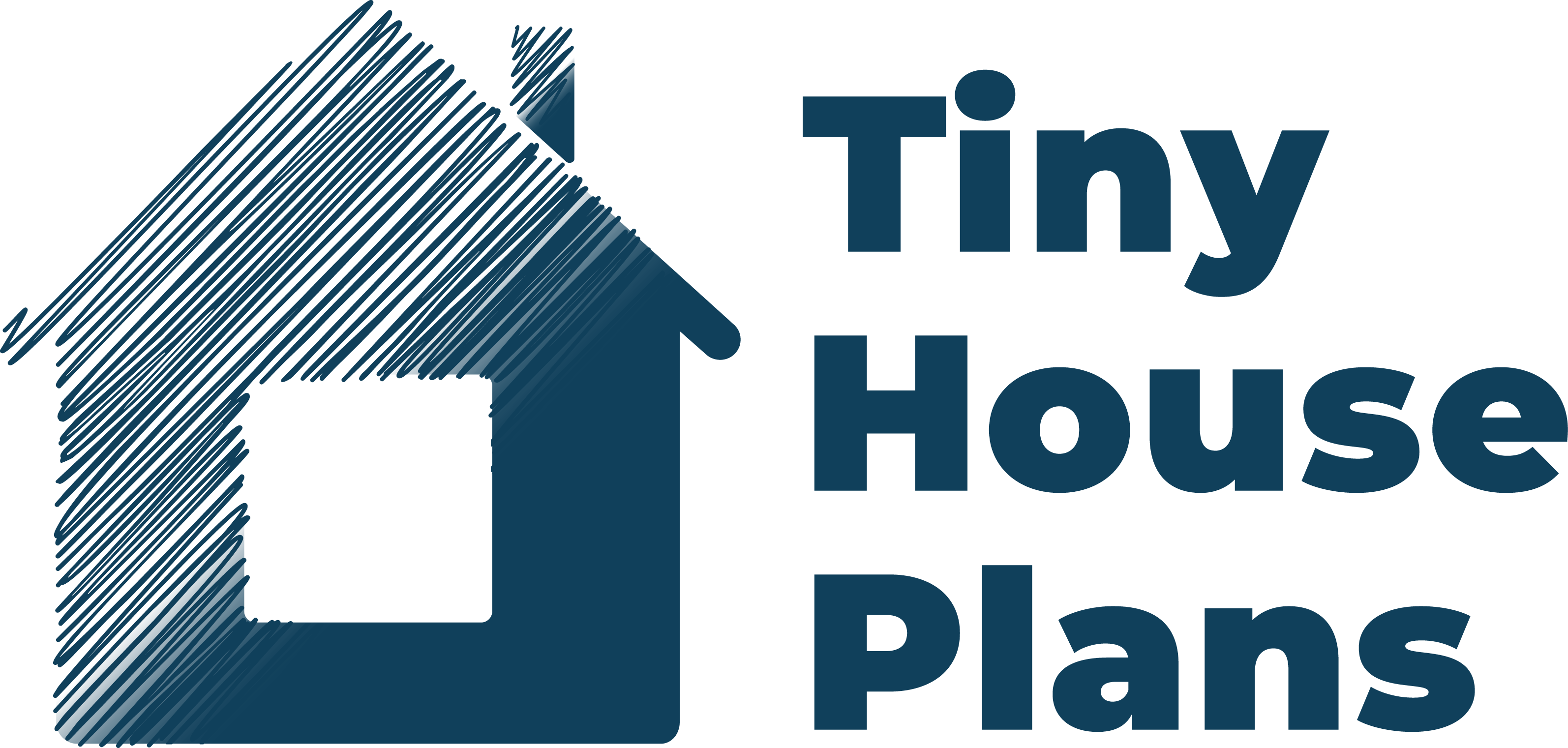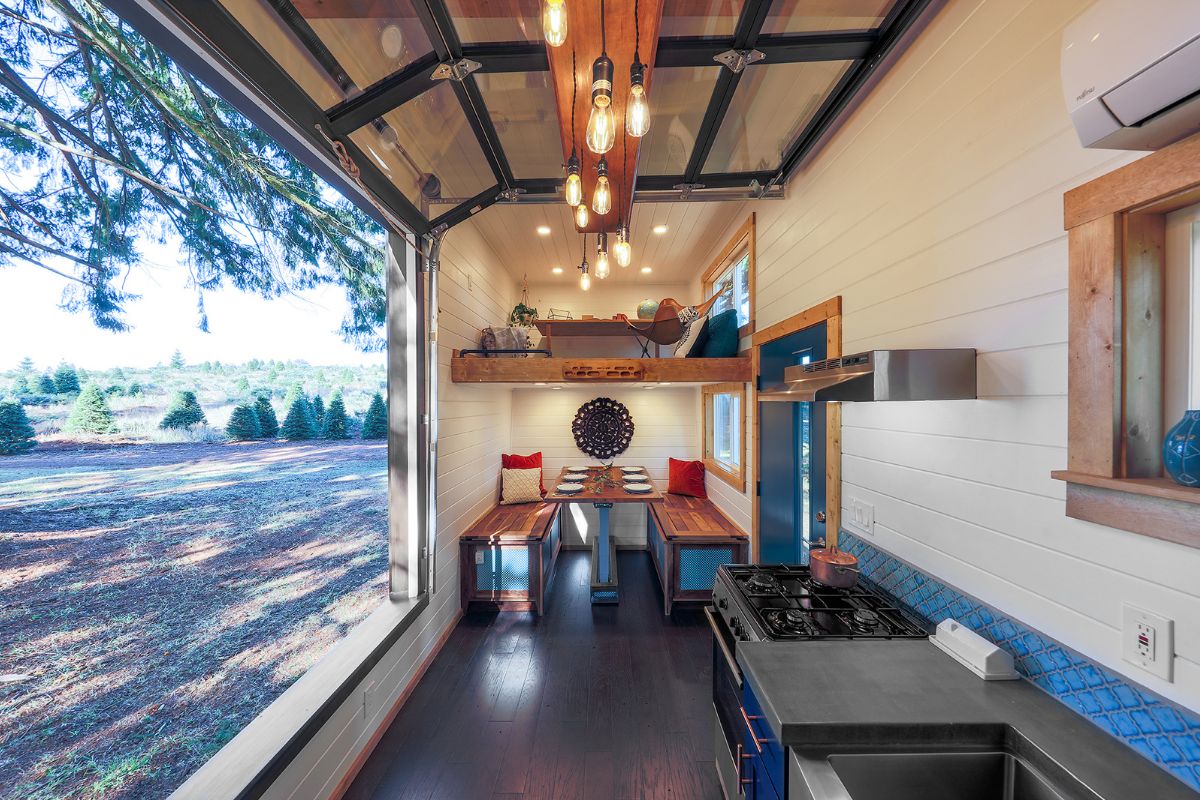Renting an equestrian property is a significant decision, especially if you are passionate about horses and want to ensure your new home accommodates your lifestyle and needs.
Whether you are a professional rider, a horse enthusiast, or simply someone who enjoys the countryside, it’s important to consider several key factors before signing a lease. An equestrian property comes with unique requirements, and understanding the specifics of what’s included in the rental agreement will help you make an informed decision. Here are essential questions to ask before renting an equestrian property to ensure it’s the right fit for both you and your horses.
Do I Need Specific Insurance for the Property?
When renting an equestrian property, insurance is an important consideration. Not all standard renters’ insurance policies may provide the coverage you need for your horses, equipment, or the property itself.
It’s essential to ask the landlord if there are any specific insurance requirements, such as liability coverage for your horses or additional property protection for the barn and other outbuildings. Some properties may require tenants to have their horse insurance to cover accidents, injuries, or damage caused by the animals.
If renting in an HOA, be sure to inquire about any additional rules regarding insurance for equestrian activities. It’s also important to review the property’s insurance to ensure you understand what’s covered in case of a disaster or property damage.
Are the Facilities Suitable for My Horses?
When considering renting an equestrian property, one of the most crucial questions to ask is whether the facilities are suitable for your horses. Horses require a safe, comfortable, and well-maintained environment to thrive, and the facilities should be able to meet both their physical and emotional needs. Start by assessing the size and quality of the stables or barns.
Are they spacious enough for your horses to move freely and comfortably? The ventilation and lighting should also be considered—poor ventilation can lead to respiratory issues, while inadequate lighting can make it harder for you to care for your horses, especially in winter months.
Check the flooring of the stalls—are they made of materials that provide comfort and prevent injury, like rubber mats or well-maintained bedding?
Next, evaluate the turnout areas. Horses need ample space to move around, graze, and interact with other horses. Look for well-maintained pastures or paddocks that are securely fenced, free of hazardous objects, and have access to clean water. Make sure the fencing is high enough to prevent escapes and sturdy enough to resist damage from active or curious horses.
Additionally, assess the condition of any riding arenas or trails—do they have proper footing, and are they large enough for your riding activities? Consider the layout of the property and whether it supports your training, riding, and horse management routines.

What Are the Maintenance and Care Responsibilities?
When renting an equestrian property, it’s crucial to clearly understand the maintenance and care responsibilities that will fall on your shoulders. Equestrian properties typically require a high level of upkeep to ensure the health and safety of the animals, as well as the functionality of the facilities.
This may include maintaining fences, gates, and barns to prevent any hazards and ensure the horses’ safety. Regular cleaning of stables and pasture areas is essential for the animals' well-being, as it prevents the spread of disease and keeps the environment hygienic.
Water troughs must be cleaned regularly, and feeders need to be checked for damage or contamination. Beyond the basics of daily care, you should also ask about the maintenance of larger equipment such as tractors, trailers, or irrigation systems for pastures, and whether any repairs or replacements are your responsibility.
Additionally, inquire about the upkeep of pastures, including mowing, fertilization, weed control, and any pest management practices to maintain healthy grazing conditions. You’ll also want to clarify whether you or the landlord will handle snow removal in the winter months, or if the property requires additional seasonal preparations.
Understanding whether these maintenance tasks are part of your lease agreement or whether they are your financial responsibility will help you avoid unexpected costs and ensure you're prepared for the physical demands of managing the property. Make sure all responsibilities are outlined in detail in the lease to prevent any misunderstandings about who is liable for what, as equestrian properties often require more intensive care than a typical rental.
What Are the Terms and Conditions of the Lease?
When renting an equestrian property, one of the most important aspects to clarify is the lease's terms and conditions. These will outline the specifics of the rental agreement and protect both parties—landlord and tenant—by setting clear expectations.
Begin by ensuring you understand the length of the lease, renewal options, and any penalties for early termination. Many equestrian properties require long-term commitments due to the nature of horse care and the property maintenance involved. Also, inquire about rent increases, especially if the property has an annual review clause or adjustments based on market conditions.
It’s important to address how the landlord handles property maintenance—whether the tenant is responsible for maintaining pastures, fences, and stables, or if the landlord will take care of these tasks. You should also confirm what’s included in the rent, such as utilities, property taxes, and insurance, as these can significantly impact your monthly costs.
Another crucial detail is whether the lease allows you to make alterations or improvements to the property—such as adding new fencing or constructing additional storage for hay or equipment. Additionally, be clear on rules surrounding the number of horses you’re allowed to keep, as many properties have limits based on acreage, zoning laws, or available resources like water. Lastly, ask about the procedures for repairs and emergencies.
A good lease will include a clear process for reporting maintenance issues and the timeline for repairs, which can help you avoid misunderstandings in the future. Understanding all these aspects of the lease agreement before committing will ensure that both your needs and the property's limitations are well understood.
Renting an equestrian property offers a unique lifestyle, but it also comes with specific responsibilities and considerations. Taking the time to address these essential points will lead to a smooth and enjoyable experience for both you and your horses.






Share: